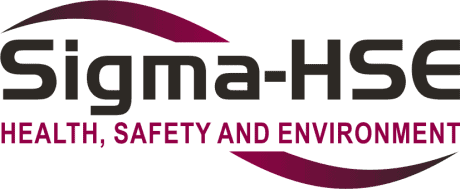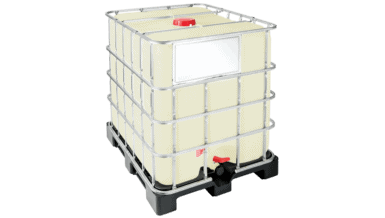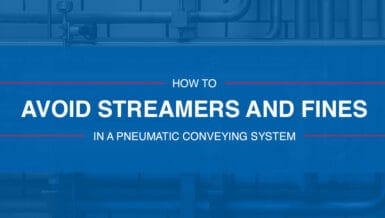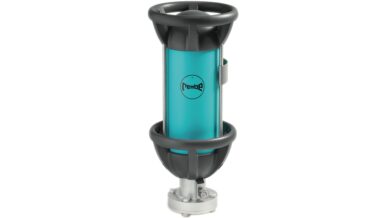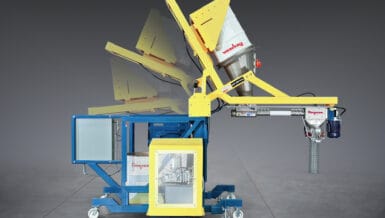This can cause a large amount of financial expense in terms of purchasing and maintaining ATEX certified equipment. We have worked with many companies to help them save money by correctly zoning their factories & production facilities.
Understanding Standards
Standard IEC 60079-10-1 (International Standard: ‘Explosive Atmospheres, Part 10-1, Classification of Areas, Explosive Gas Atmospheres’, 2008 IEC) states:
“…Zone 0 or Zone 1 areas should be minimised in number and extent by design or suitable operating procedures. In other words, plants and installations should be mainly Zone 2 or non-hazardous. Where release of flammable materials is unavoidable, process equipment items should be limited to those which give secondary grade releases or, failing this (that is where primary or continuous grade releases are unavoidable), the releases should be of very limited quantity and rate. In carrying out area classification, these principles should receive prime consideration. Where necessary, the design, operation and location of process equipment should ensure that, even when it is operating abnormally, the amount of flammable material released into the atmosphere is minimised, so as to reduce the extent of the hazardous area.”
Preparing Reports
Therefore, when preparing a risk assessment report, you should seek to identify the possible sources of release and their bearing on the hazardous area classification. You should also ensure that any Zones identified are a realistic interpretation of the actual situation and not an over-specification.
The general report format for assessing Unit Operations should include sections as follows;
- Overview: The Unit Operation is defined and the presence of a flammable atmosphere in normal, or foreseeable abnormal, an operation is considered. If a flammable atmosphere can’t occur, then the assessment stops there.
- Presence of an Ignition Source: It is not the intention, at this stage, to determine all potential ignition sources, but just to confirm that there is at least one. This should also take into consideration the possibility of an unintentional ignition source being brought into the hazardous area (i.e. maintenance or measuring equipment).
- Discussion of Risk: If there is a potential for a flammable atmosphere and an ignition source, then there is a discussion to determine the risk to people and whether actions are required.
- Basis of Safety: The chosen basis of safety for the unit operation is considered along with its implications on adjacent units. You should also include the basis of safety and its physical location in the site.
- Hazardous Area Classification (HAC): If there is a requirement in the Basis of Safety to control ignition sources, then the next section, Hazardous Area Classification (HAC), gives the relevant zones.
- Recommendations: Finally, there are recommendations. Once the recommendations have been implemented, as far as reasonably practicable, then the Basis of Safety should be ‘sound’.
Auditing of the Implementation of the Recommendations
Additionally, there is Auditing of the Implementation of the Recommendations, which is usually a follow-on. It should be undertaken on a regular basis to ensure that the Basis of Safety for each operation is being maintained. Another assessment could be required to verify the Basis of Safety or to determine whether the Basis of Safety has changed. This assessment could also be used to determine if the Basis of Safety is acceptable and valid from a reasonably practicable aspect.
The correct application of Hazardous Area Classification (HAC) results in an appropriate budgetary spend on safety in the workplace. Minimising the use of expensive ‘Ex’ rated equipment, if it is required, helps to reduce the level of equipment down from potential Category 2 to Category 3. This can aid in reducing installation costs and replacement component stock levels.





